Three billion emails sent in 2020 showed signs of sender fraud
The use of DMARC, which helps prevent phishing attacks, is on the rise, says report


Three billion emails last year showed signs of spoofing activity, according to a report released today.
The Email Fraud Landscape Spring 2021 report from email security company Valimail found that intruders are still targeting email domains that don't use a common protocol called Domain-based Message Authentication, Reporting, and Conformance (DMARC). DMARC is a tool to help organizations protect themselves against email spoofing.
DMARC is an email authentication protocol that lets a domain owner confirm that their email is legitimate with a recipient. That prevents domain spoofing, in which an attacker pretends to send an email from someone's domain. Domain spoofing is a common technique in phishing campaigns, where an attacker will impersonate a victim by sending emails in their name.
Domains without DMARC protection are 4.75 times more likely to be spoofing targets than domains with DMARC enabled, the report added.
Valimail analyzed data from DMARC aggregate reports that it collected on behalf of its customers last year. The analysis showed that at least 1% of global email traffic contains suspicious sender activity that’s probably fraudulent. That amounts to three billion messages, the company estimated.
On the plus side, the number of emails likely to be spoofed is falling. In 2017, around 5% of all emails showed suspicious activity, although that was due to an unusually high-volume campaign that hit media organizations that year, the company said. Suspicious activity fell to just over 2% in 2019.
This decrease is due in part to the number of domains using DMARC, Valimail said. In January 2017, around 125,000 domains used the protocol. By January 2020, that had risen to almost 1 million, and it continues to increase. The figure currently stands at 1.28 million domains.
Get the ITPro daily newsletter
Sign up today and you will receive a free copy of our Future Focus 2025 report - the leading guidance on AI, cybersecurity and other IT challenges as per 700+ senior executives
RELATED RESOURCE

Remote workforce security report
Key challenges, security threats, and investment priorities of organisations during the pandemic
Simply enabling DMARC is only a partial solution, warns the report, pointing out that only 14.8% of domains with DMARC are protected from spoofing by an enforcement policy. An enforcement policy dictates what a recipient should do with an incoming email purportedly from a domain but doesn't pass the necessary DMARC authentication checks. Larger for-profit and government organizations are more likely to take advantage of this, with 43.4% of them using policy-based enforcement.
The US federal government is the best performer when it comes to DMARC usage, with three-quarters of its domains using it and 78% using an associated policy. That's due to a 2017 directive from the Department of Homeland security mandating enforcement for all executive-branch domains other than those connected to intelligence and defense. Conversely, global media companies and US health care firms have the lowest protection rates.
While it’s a powerful anti-phishing tool, DMARC doesn't protect against all types of domain fraud. The use of “cousin” domain spoofing, when attackers create domains that look like legitimate ones, is still rife and targets organizations, including the FBI.
Danny Bradbury has been a print journalist specialising in technology since 1989 and a freelance writer since 1994. He has written for national publications on both sides of the Atlantic and has won awards for his investigative cybersecurity journalism work and his arts and culture writing.
Danny writes about many different technology issues for audiences ranging from consumers through to software developers and CIOs. He also ghostwrites articles for many C-suite business executives in the technology sector and has worked as a presenter for multiple webinars and podcasts.
-
 Cleo attack victim list grows as Hertz confirms customer data stolen
Cleo attack victim list grows as Hertz confirms customer data stolenNews Hertz has confirmed it suffered a data breach as a result of the Cleo zero-day vulnerability in late 2024, with the car rental giant warning that customer data was stolen.
By Ross Kelly
-
 Lateral moves in tech: Why leaders should support employee mobility
Lateral moves in tech: Why leaders should support employee mobilityIn-depth Encouraging staff to switch roles can have long-term benefits for skills in the tech sector
By Keri Allan
-
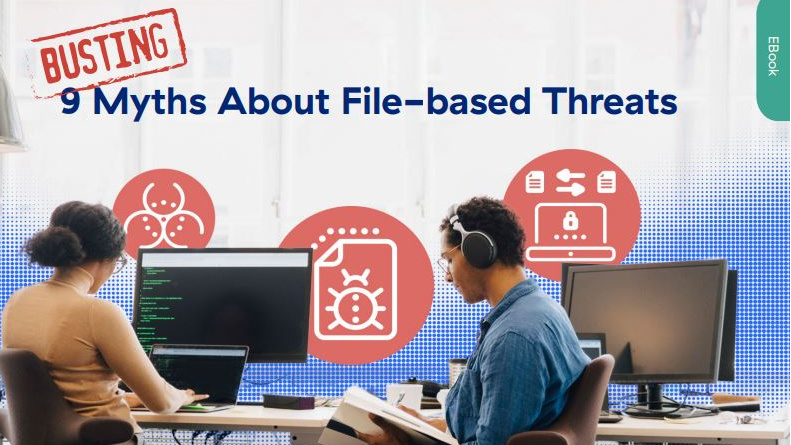 Busting nine myths about file-based threats
Busting nine myths about file-based threatsWhitepaper Distinguish the difference between fact and fiction when it comes to preventing file-based threats
By ITPro
-
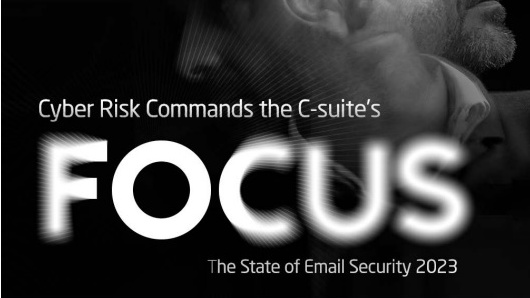 The state of email security 2023
The state of email security 2023Whitepaper Cyber risk commands the C-Suite's focus
By ITPro
-
 Microsoft 365 business users targeted with new DocuSign phishing scam
Microsoft 365 business users targeted with new DocuSign phishing scamNews Threat actors are using fake login forms to trick users into changing their payment details
By Daniel Todd
-
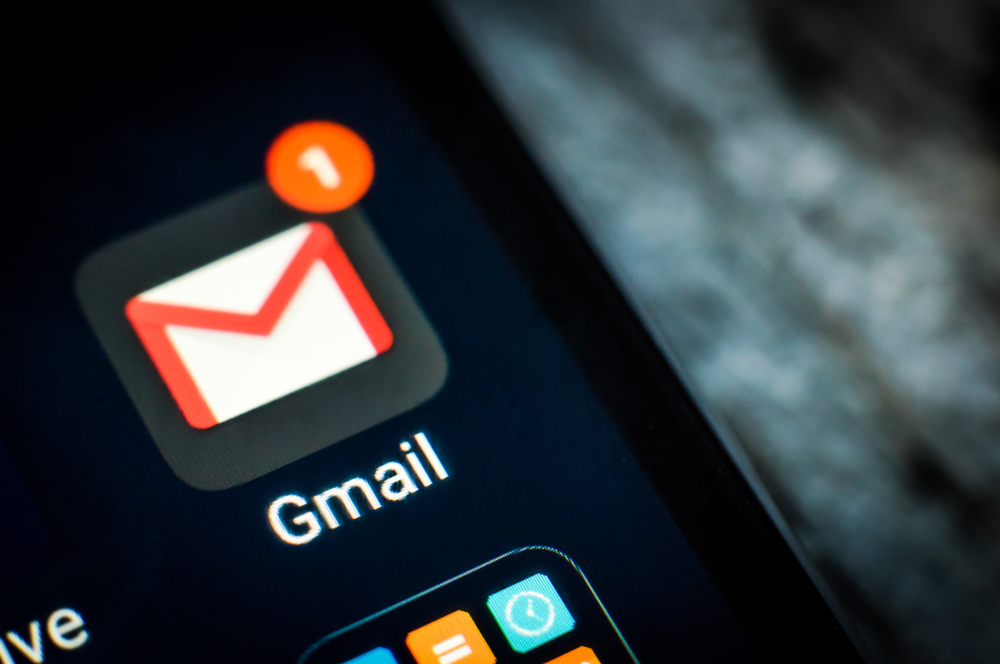 Blockchain-based Gmail plugin lets users keep control over email attachments after they're sent
Blockchain-based Gmail plugin lets users keep control over email attachments after they're sentNews Document GPS email extension for Google Workspace considered world's first Gmail tokenization tool
By Daniel Todd
-
 Almost a quarter of all spam emails were sent from Russia in 2021
Almost a quarter of all spam emails were sent from Russia in 2021News Last year's spam emails mostly centred around money and investment, Bond and Spider-Man movie premieres, and the pandemic
By Sabina Weston
-
 Education and government most at risk from email threats
Education and government most at risk from email threatsNews New report finds phishing remains most dominant threat to IT security
By Rene Millman
-
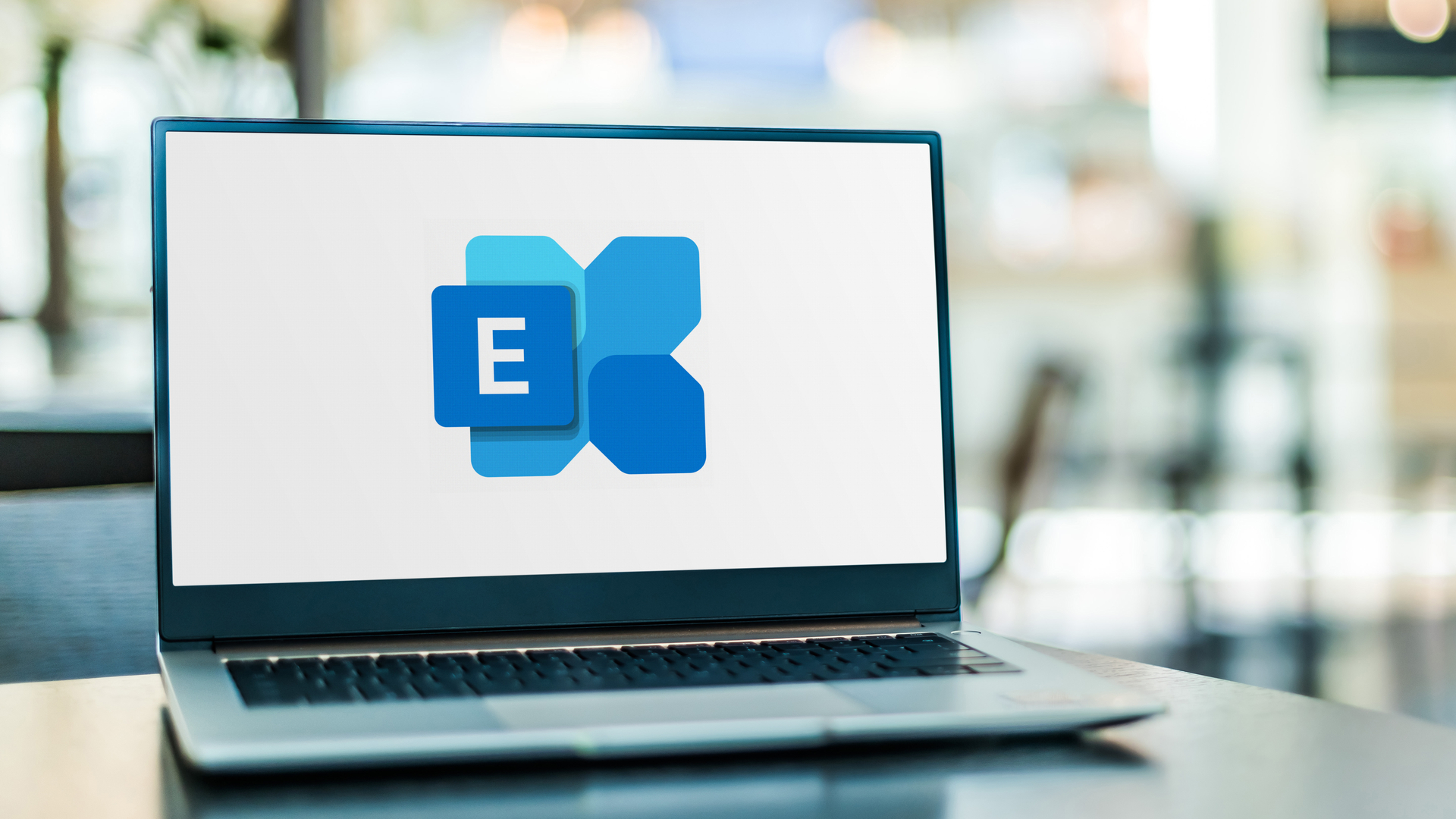 Hackers use SquirrelWaffle malware to hack Exchange servers in new campaign
Hackers use SquirrelWaffle malware to hack Exchange servers in new campaignNews Researchers discovered malicious emails being sent as replies to existing email chains
By Rene Millman
-
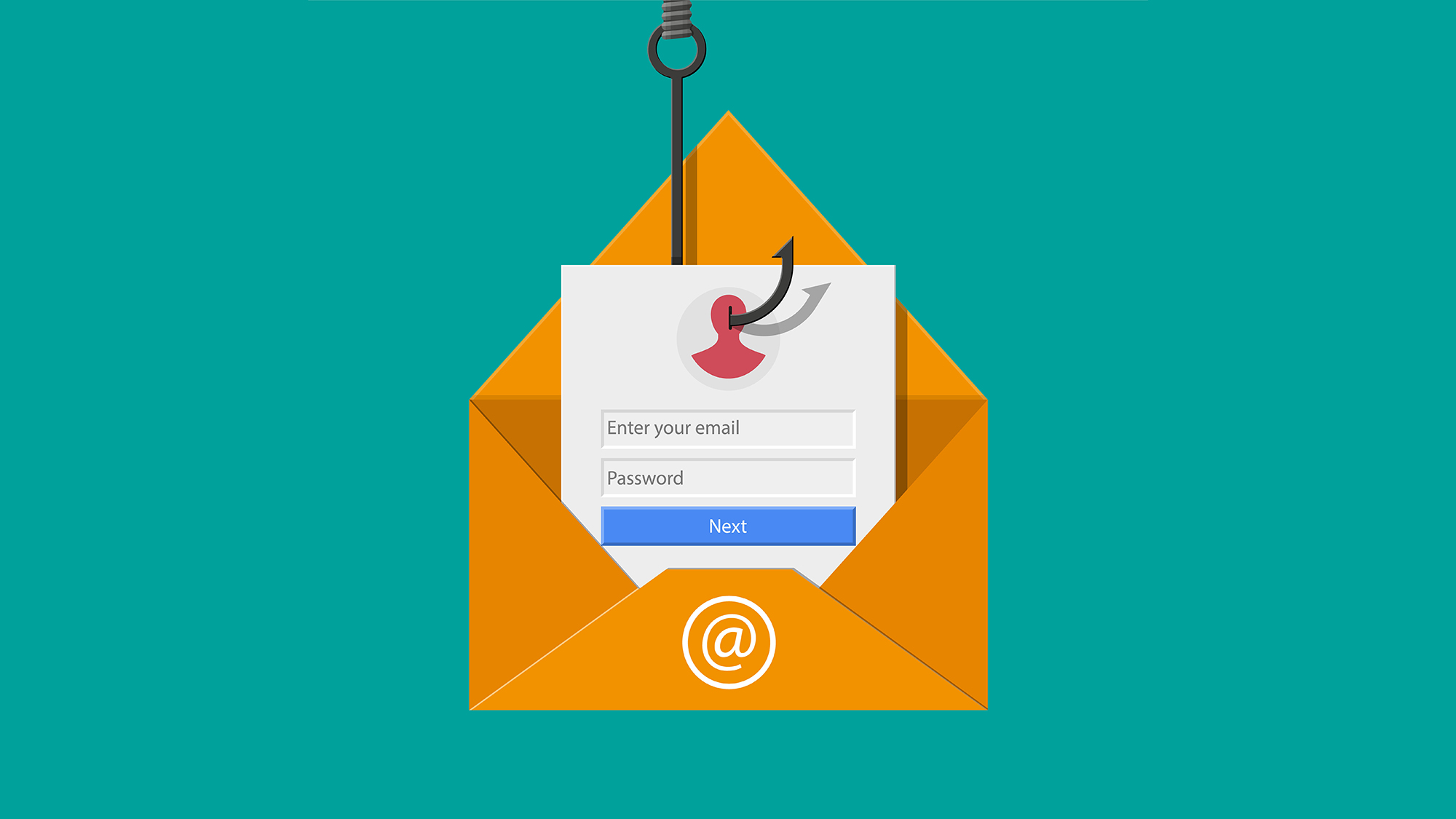 Cloudflare enters the email security business
Cloudflare enters the email security businessNews New email routing and DNS Wizard capabilities make email management a breeze
By Praharsha Anand